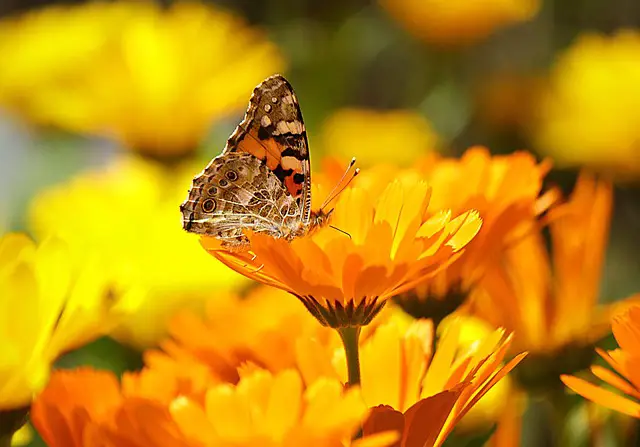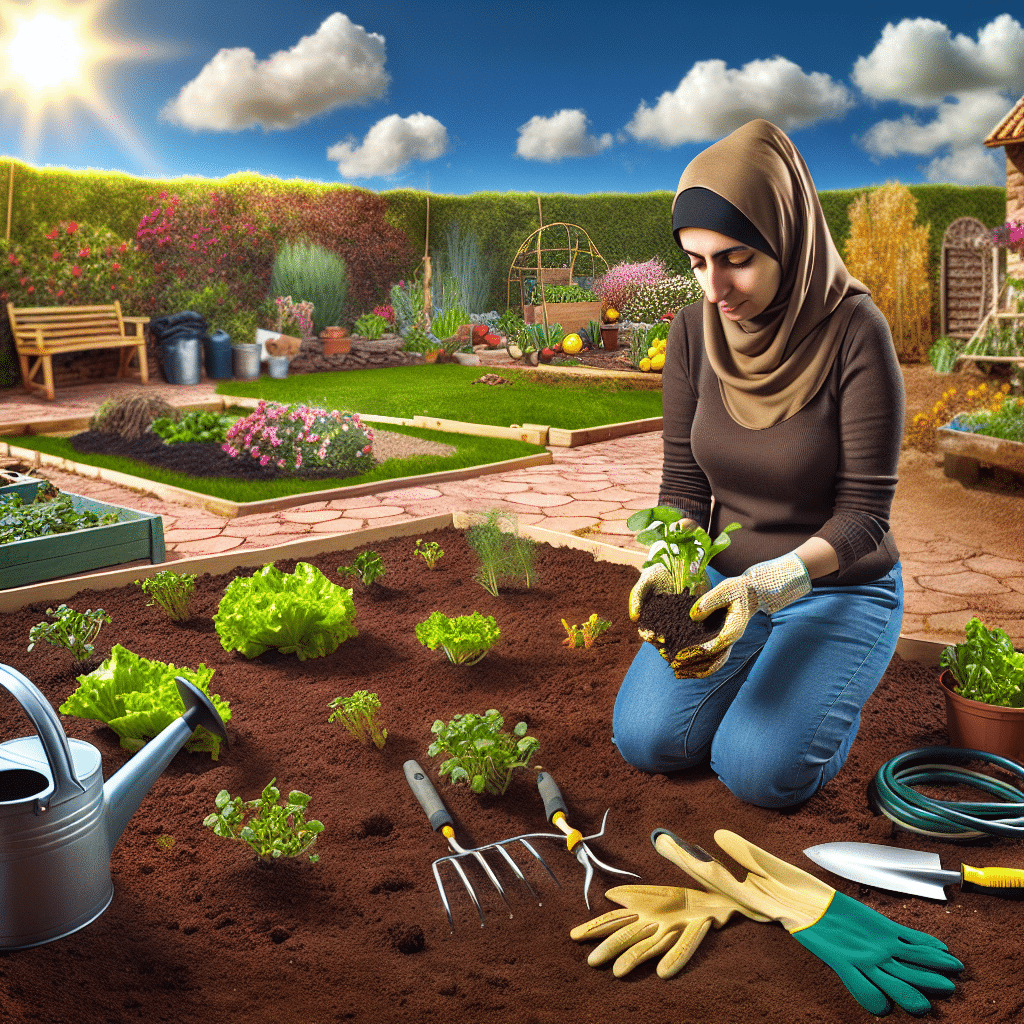What Makes Florida Perfect for Gardening?

Florida, famously known as the Sunshine State, is a haven for gardening enthusiasts. With unique soil types, abundant sunshine, plentiful rainfall, and a wide array of native plants, Florida is uniquely equipped to provide home gardeners with a rewarding growing experience. Notably, the state’s subtropical and tropical climate zones open a wide array of possibilities for cultivating various types of plants. Yet, as with any region, gardening in Florida presents its unique challenges and rewards.
Understanding Florida’s Gardening Zones
How Do Zones Impact Gardening in Florida?
Floridian gardeners must adjust to the state’s diverse gardening zones. Understanding these zones helps gardeners know which plants are best suited for their gardens. The US Department of Agriculture has divided Florida into nine hardiness zones, from zone 8a in the northern Panhandle to zone 11a in the lower parts of Florida Keys. The zones are determined by the average minimum winter temperatures. This affects the types of plants that can be grown and how well they will fare in a particular zone.
The Miraculous Floridian Soil
What Makes Florida’s Soil Unique?
Florida’s soil is distinctive due to its sandy nature, high water table, and organic matter content. These characteristics affect how gardeners in Florida water their plants, what types of plants they can grow, and often require them to amend their soil. It is also beneficial to understand the pH level of your soil, as different plants require different pH levels to thrive. This unique soil profile benefits particular kinds of plants, which may explain why citrus fruits like oranges thrive in Florida.
Tips for Successful Gardening in Florida
What Are the Secrets to Thriving Gardens in Florida?
For successful gardening in Florida, it is essential to understand the planting time frames. The state’s warm climate allows for year-round gardening, but certain vegetables and fruits have definite growing seasons. Another vital tip is embracing native plants. They are adapted to local growing conditions and can resist most pests and diseases.
Watering methods also make a significant difference in Florida. Due to the sandy soil, which drains quickly, plants may need more frequent watering. However, overwatering can cause problems, especially because of Florida’s high water table.
Combatting Pests in Florida’s Gardens
How Can You Protect Your Garden from Pests?
Pests are a common challenge faced by gardeners in Florida. To combat these pests, gardeners may need to use protective netting or organic pesticides. Regular monitoring of your garden is also key. Additionally, implementing regular cleaning practices and crop rotation can reduce the likelihood of pest infestation.
Conclusion: Embracing the Joys of Gardening in Florida
While gardening in Florida comes with its unique challenges, it also offers unique rewards. The state’s diverse climate zones, distinctive soil, and large variety of native plants make it a rewarding region for gardening. By understanding the dynamics of Florida gardening —from the unique soil composition to the appropriate growing seasons— anyone can foster a thriving garden in the Sunshine State.



